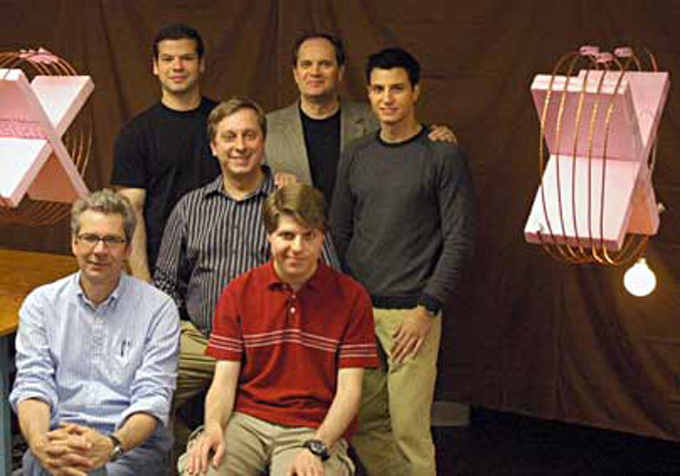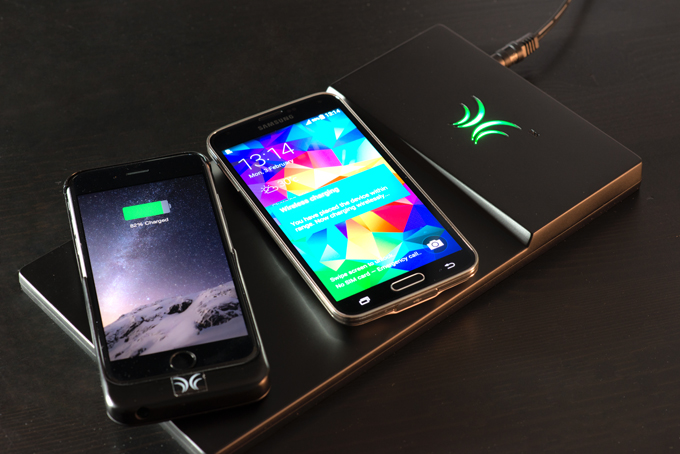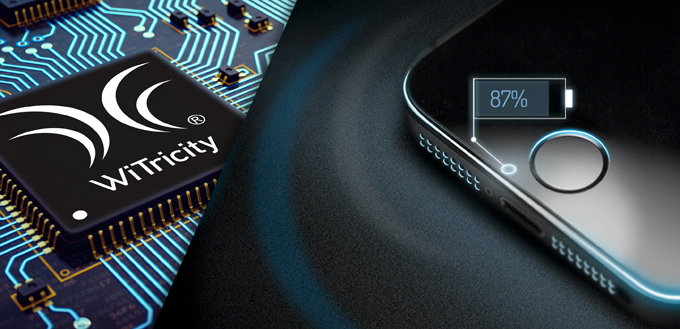The story goes that Professor Marin Soljačić of MIT was disturbed by the beeping of his phone lying on the kitchen counter in need of charging. The professor, in the middle of the night, standing in his kitchen in his pajamas, decided there must be a way to charge his phone wirelessly. He, along with his team of MIT engineers, set out to develop a technology that did just that. Their efforts eventually led to the advent of magnetic resonance and the founding of WiTricity, a startup focused on turning this technology into marketable products to power homes, cars, and whatever else needs charging, wirelessly.
We have the honour to interview Mr. Grant Reig, who is the Project Manager at WiTricity, and in charge of further developing the device which will eventually power homes and cars wirelessly.
First of all, thank you for agreeing to the interview, Mr. Reig.
Tell us if the story about Professor Marin Soljacic and the way he was inspired to develop magnetic resonance technology is correct, and if you would like to add to it?
The WiTricity story began late one night with MIT Professor Marin Soljačić (pronounced soul-ya-cheech) standing in his pajamas, staring at his mobile phone on the kitchen counter. It was the sixth time that month he was awakened by his phone beeping to let him know he had forgotten to charge it. At that moment, it occurred to him: “There is electricity wired all through this house, all through my office—everywhere. This phone should take care of its own charging!” But to make this possible, one would have to find a way to transfer power from the existing wired infrastructure to the phone—without wires.

Professor Marin Soljacic
Soljačić and his team of engineers at MIT started thinking of physical phenomena that could make this dream a reality, a process which ultimately led to the advent of magnetic resonance.

MIT team
In layman’s terms, so that our readers can understand better, could you describe how this technology works?
WiTricity’s technology uses oscillating magnetic fields to exchange energy. This process, known as resonant coupling, occurs when an energy source provides power to an electronic circuit, which turns that power into an oscillating magnetic field. Then, a similar device some distance away couples to this magnetic field and converts it back into electrical energy.
A good way to visualize this is to think of an opera soprano singing a high note that shatters a crystal wine glass. The sound vibrations from the note occur at a specific frequency, and as the energy from those vibrations fills the room, if the note reaches the frequency at which the glass inherently resonates, the energy transfers to the glass and causes the glass to shatter.

Wireless Charging
How is it different from the wireless phone chargers that are already being sold?
The main difference between magnetic resonance and other wireless charging technologies is the experience it provides, which is both effective and efficient at a distance. Most wirelessly-charged products that are currently on the market use magnetic induction, a technology that requires two devices to be aligned precisely, within millimeters of one another, delivering a sub-prime experience to the user. Magnetic resonance, however, represents the second generation of wireless charging technology – it can charge at a distance, through materials, more than one device at a time, and it delivers power that is able to scale up or down depending on the needs of the device. This technology has already been proven effective – Dell has recently released a 2-in-1 laptop/tablet device that utilizes this technology, and WiTricity recently announced that it is collaborating with both General Motors and Nissan to implement its technology in their vehicles in the near future.
So in time to come, electrical wiring for homes and offices would be a thing of the past? That sounds like a great convenience.
In the future, plugging in will become a thing of the past – everything from your TV to your lamp will be powered wirelessly. However, in order to make this a reality, electrical wiring for homes and offices will continue to be necessary, as there still must be a source from which power will be pulled. The extinction of plugging in will be incredibly convenient. According to a recent survey conducted by the Airfuel Alliance, a consortium of wireless power industry leaders, 63 percent of 18-24 year olds and 70 percent of 25-34 year olds worry about losing battery power and finding a place to plug in at least once a day, a fear that will be alleviated once wireless charging is widely adopted.
“Range anxiety” is also a very real issue for EV manufacturers who are working hard to deliver reasonably priced electric vehicles with battery-only ranges of 200 miles or more. Plugging EVs in every night to ensure the battery is constantly topped off is a turn-off to potential buyers and an issue which is eliminated with WiTricity’s magnetic resonance technology.
And what would that time frame be? Approximately?
WiTricity works with a variety of manufacturers across multiple industries that are already working to turn this technology into marketable products. Dell has announced the introduction of the first widely available, wirelessly charged 2-in-1 laptop/tablet device, the Latitude 7285, which is powered by WiTricity’s magnetic resonance technology. Additionally, various automakers are working to make electric vehicles wirelessly charged by the second half of 2018. As such, we see wireless charging via magnetic resonance continuing to gain popularity in the next few years, with a completely wireless world becoming the norm within the next 5-10 years.
What is the projected cost of installing wireless charging via magnetic resonance for an average home and a car?
Given that WiTricity enables brands to implement wireless charging in their products, the actual cost is determined by the manufacturer of each product.

WiTricity – wireless charging
Please tell us what the loss of power is when using the existing wireless charging devices and how magnetic resonance fares better.
Wireless power can be as efficient as wired power. The coil-to-coil efficiency – that is the power going into the transmitting coil and exiting out of the receiving coil – of magnetic resonance is very high and typically in the 97.5 percent or higher range for many applications. From there, there are electrical losses which are also present in wired systems and can vary depending on cost and design. For an end-to-end system, magnetic resonance technology is capable of up to 94 percent efficiency, the same as what can be achieved by state-of-the-art wired charging solutions of similar power. The advantage to magnetic resonance is in the experience it provides by charging over distance and through materials.
How is this consumption of power going to be metered? Let’s say a neighbor parks his car outside someone else’s home for charging, could she/he possibly steal electricity?
Given that magnetic resonance charging works best at mid-range charging distances and only transmits power when devices are detected within range and after a wireless communication “handshake,” it is highly unlikely that electricity theft will be an issue.
Given that the power requirements of homes and cars can be quite high, let’s say up to 10 KW, can the energy that is being transferred using electromagnetic waves pose a hazard to the health of living beings?
The electric and magnetic fields used with magnetic resonance charging are kept below established and long-standing human safety limits that have been set by regulatory bodies like the FCC and CISPR. These same guidelines are used to regulate other consumer devices that use electromagnetic fields, like cell phones, wireless routers, Bluetooth headphones, and radio transmitters.
Photos: From the archive of the author
Support us!
All your donations will be used to pay the magazine’s journalists and to support the ongoing costs of maintaining the site.
Share this post
Interested in co-operating with us?
We are open to co-operation from writers and businesses alike. You can reach us on our email at [email protected]/[email protected] and we will get back to you as quick as we can.









